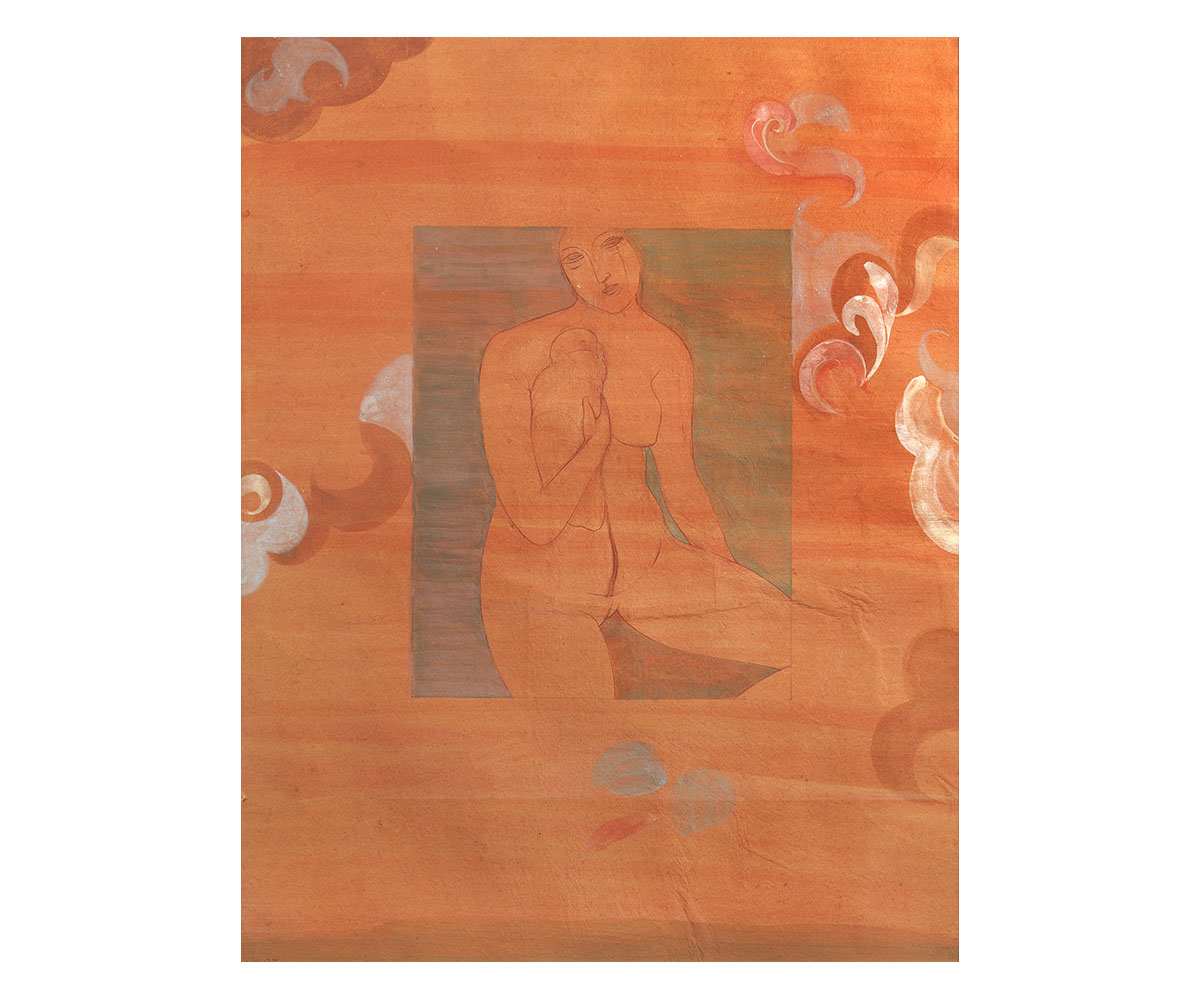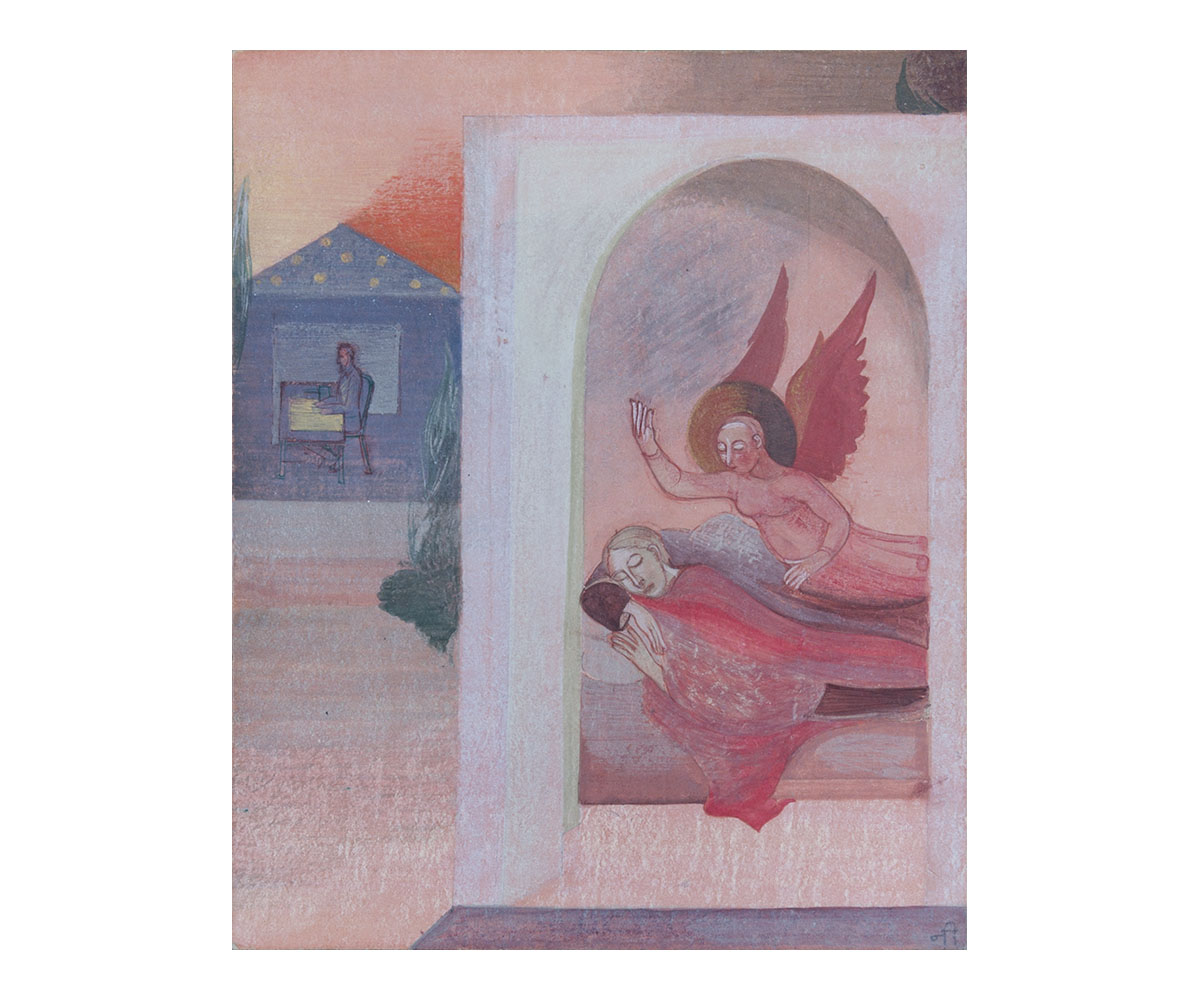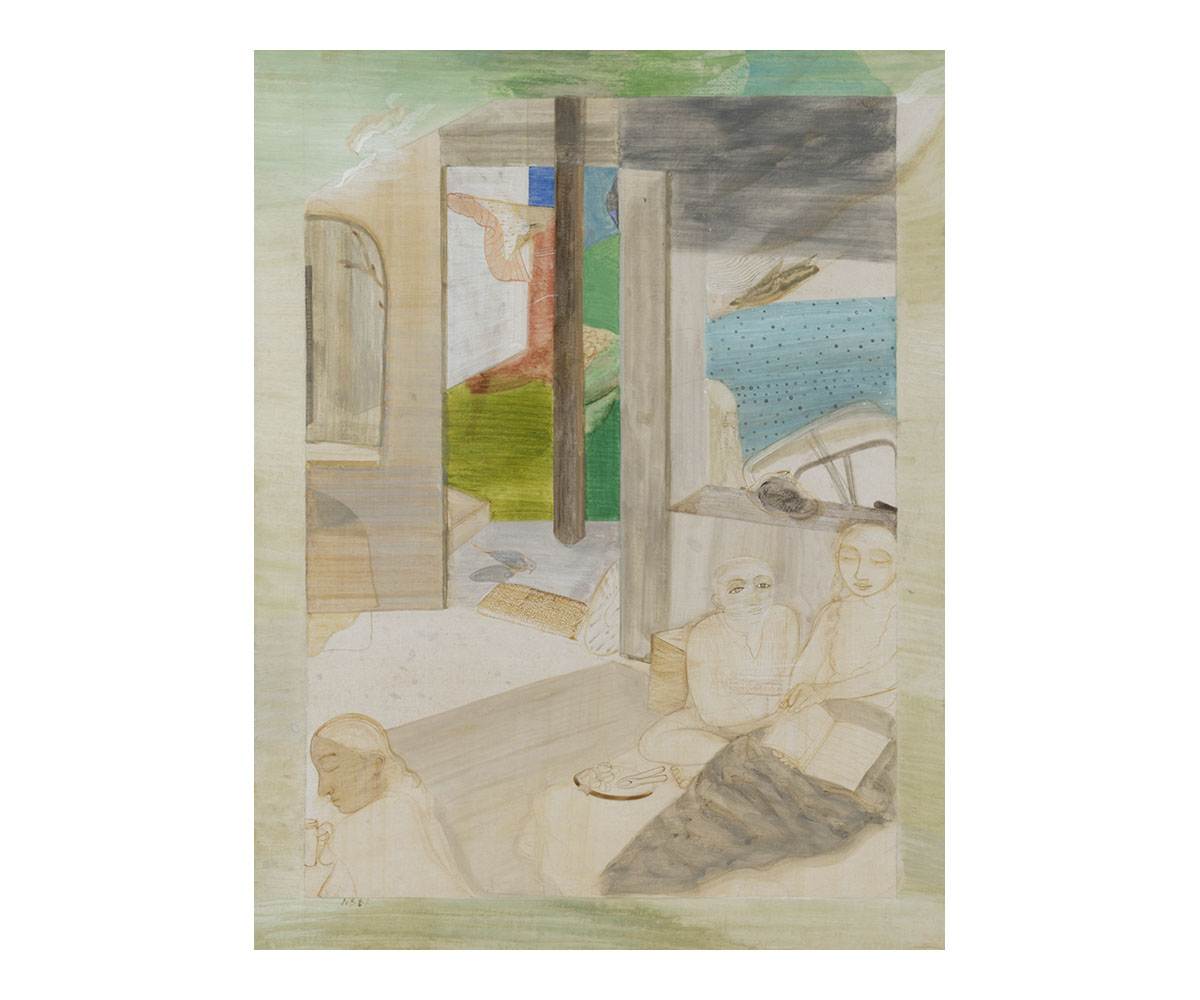A contemporary Indian artist, researcher and writer, Nilima Sheikh is known for her narrative and figurative paintings on the lives of women and minorities in India. Her practice reinterprets traditional art forms, borrowing stylistically from practices of miniature and scroll painting as well as theatre and poetry. A key member of the Baroda School, she is also one of the foremost women artists of her time alongside Nalini Malani, Arpita Singh and Madhvi Parekh.
Born in Delhi, Sheikh obtained her bachelor’s degree in history from the University of Delhi in 1965. She then completed a master’s in painting in 1971, from the Faculty of Fine Arts, Baroda (now Vadodara), with KG Subramanyan as one of her mentors. She returned there to teach from 1977 to 1981, and has largely been based in the city since. In 1984, moved by the dowry deaths that dominated newspaper headlines of the time, Sheikh made a narrative series of twelve tempera paintings, When Champa Grew Up, based on the story of a young girl who was the victim of one such crime. The paintings show a sequence of events from the time the protagonist enters into a forced marriage, and is subsequently abused by her husband and in-laws until they finally set her on fire. Using natural pigments and gum arabic on wasli paper, according to the techniques of Indian miniature painting, to depict themes of injustice and neglect faced by women in a rapidly modernising nation, the series set the tone for Sheikh’s later works. She would continue to use traditional Indian art forms to depict contemporary narratives of the inequality and trauma faced by marginalised communities in the wake of the nation-building project of post-Independence India. In the 1990s, Sheikh also experimented with large-scale work in the form of theatre design, including sets for Vivadi theatre’s adaptation of the Urdu novel Umrao Jan Ada (1905) in New Delhi in 1993, and paintings on long canvas scrolls.
With communal violence targeting Muslims in Gujarat in 2002, Sheikh was forced to move away, and it was during this time that she became highly influenced by the work of Kashmiri-American poet Agha Shahid Ali. Inspired by Ali’s collection The Country Without A Post Office (1997), set against the turbulent political landscape of Kashmir, she worked on scroll paintings that culminated in two series. Reading Agha Shahid Ali (2003) and Each Night Put Kashmir in Your Dreams (2003–14), like much of her work since then, are influenced by a variety of art forms — notably Rajasthani and Pahari miniature paintings. They also incorporate stylistic idioms from colonial maps and naturalist drawings; as well as textual material on the theme of Kashmir, such as lines from Ali’s poems, translated verses from the Kashmiri mystic Lal Ded, excerpts from the novelist Salman Rushdie’s book Shalimar the Clown (2005), and passages from the memoirs of the Mughal ruler Jahangir.
Over the last six decades, Sheikh’s practice has been informed by sustained art historical research — a hallmark of the Baroda School — resulting in a narrative oeuvre that plays with established sequential formats. Her practice also consists of collaborations with other artists, such as in her use of text from the Gujarati folk songs that she was introduced to by her husband and fellow Baroda School member Gulammohammed Sheikh; her work with Shahzia Sikander on South Asian art traditions and politics; her work with sanjhi artists of traditional paper stencils in Mathura, Uttar Pradesh. Sheikh has also made significant contributions as a writer and art historian through her research. Some of her most important scholarly work focuses on the pichhwais of Nathdwara, based on research supported by a grant she received from the National Handicrafts Museum in 1986, and includes her essay ‘A Post-Independence Initiative in Art’ published in 1997.











